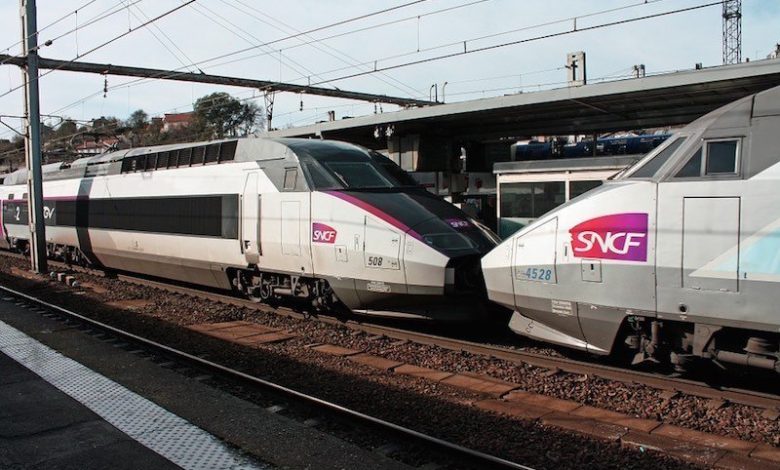Fast train to China

Shippers looking at cost, capacity limitations in peak periods, transit times and their environmental footprint are increasingly eyeing trains over ships and planes to move cargoes from China to Europe, reports chief correspondent Jason Jiang.
Since the launch of the China-Europe Railway Express linking China with Europe by fast-track cargo rail in March 2011, the continent-spanning railroad service is of growing interest to companies wanting to transport Chinese products to Europe while tapping markets along the One Belt and One Road routes.
In April, the first ever UK to China export train commenced operations, just three months after the first ever import train from China arrived in the UK. The train will make a three-week-long journey, departing from DP World London Gateway’s rail terminal in south Essex, bound for Yiwu in Zhejiang province in eastern China.
With the rapid development of rail transport between China and Europe, will it take sizeable volumes away from ocean container carriers?
According to Chris Welsh, secretary general of the Global Shippers’ Forum, many European shippers have already carried out trial runs of the China-Europe rail.
“For retailers, it is vital to have the supply chain geared up to meet the needs of just-in-time systems,” Welsh says.
“With the train connection between Europe and China we are not positioning ourselves as competition to sea freight, we see ourselves as a practical alternative or supplement to sea and air transport. The service we offer is very attractive to customers who require the swift transportation of high-value goods. Usually we can offer the transportation to China within 14 days,” says Andre Hempel, managing director of Trans-Eurasia Logistics (TEL), a joint venture between Deutsche Bahn and the Russian Railways that offers rail freight service between Europe and Asia.
Norbert Dierks, BMW’s head of sustainability and CO2 control in transport logistics, says the main reason for the company to use rail transport is speed, as the route used by BMW is 20 days shorter than sea freight, and offers a significant reduction in CO2 emissions versus air.
However, in terms of overall capacity, Dierks says rail transport is no competition for sea freight, and the company still relies on seaborne routes for shipping products between China and Europe.
“Although our current train route is stable, sea freight is the most sustainable way to bring large transport volumes by container to China,” Dierks says.
Eurasian rail alliance United Transport and Logistics Company (UTLC)’s transport volumes have more than doubled on a year-on-year basis in the first quarter of 2017.
The company, which deals with container transport on the China-Europe rail route in the Republic of Kazakhstan, Russian Federation, and Republic of Belarus, transported a total of 30,600 teu in the first three months of 2017 on UTLC container service’s basic route. This compares with 12,800 teu transported the same period last year.
“Despite the Chinese New Year celebrations, which normally cause a decline in demand for transportation in the first months of a year, Q1 volumes are close to the result of the fourth quarter last year when 36,600 teu were transported, and even exceeded the Q3 result of 29,900 teu,” says Alexey Grom, president of UTLC.
In March, UTLC moved over 12,000 teu, a 2.4-times increase from 5,000 teu a year earlier.
UTLC’s plan for 2017 is a further increase in transit traffic volumes by another 40% in relation to the figure in 2016. The company’s longer term aim is to crack 1m teu by 2025.
A spokesperson from German logistics firm DB Schenker reckons rail as an alternative transport mode will inevitably take away volumes from ocean and air rivals, albeit the pie is so big that it will not hurt ocean carriers.
“On the one hand, as far as ocean is concerned we experience right now that due to tight capacities in the ocean market demand for alternative rail shipments is increasing,” the spokesperson says.
“On the other hand, for cargo which is time sensitive but does not need the fastest lead time via air rail is an attractive alternative as it comes at significantly lower transportation costs. Overall we would not talk about sizeable volume shifts as, firstly, comparing total market shares rail is still very small compared to ocean and air on the China-Europe trades and, secondly, the overall market as such is also still growing,” he adds.

In the endless pursuits of profits, chasing markets and bringing the consumers what they want and can’t afford, we have polluted air, sea and land and it won’t be long before the effects on the hinterland will be seen in places that had escaped earlier assaults.